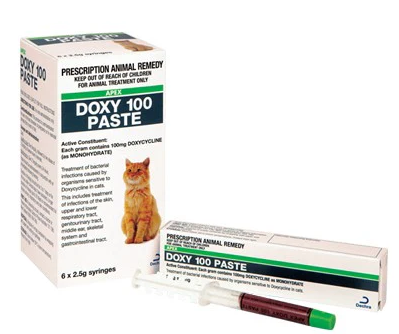Doxycycline for Cats: Understanding Its Uses and Benefits
As cat owners, we often find ourselves navigating the complexities of our feline friends’ health. Doxycycline is an antibiotic that can play a crucial role in treating various infections in cats. Understanding how and when to use this medication can empower you to take better care of your furry companion.
What Is Doxycycline and When Is It Used?
Doxycycline is part of the tetracycline class of antibiotics and is commonly prescribed to treat a variety of bacterial infections in cats. It is effective against respiratory infections, urinary tract infections, and certain infections caused by parasites like Lyme disease. When your cat shows signs of illness, such as coughing, lethargy, or loss of appetite, your veterinarian may recommend doxycycline to help eliminate the infection and restore your cat’s health.
How Is Doxycycline Administered?
Doxycycline typically comes in tablet or liquid form, making it relatively easy to administer to your cat. The dosage and duration of treatment depend on the specific condition being treated and your cat’s weight. It’s essential to follow your veterinarian’s instructions carefully, as improper use can reduce the medication’s effectiveness or lead to side effects. If your cat is particularly difficult to medicate, your vet may provide tips or alternatives to help ensure they receive the full course of treatment.
What Are the Potential Side Effects?
Like any medication, doxycycline may cause side effects in some cats. Common reactions include gastrointestinal upset, such as diarrhea or vomiting, and allergic reactions that could manifest as swelling, itching, or difficulty breathing. If you notice any concerning symptoms after administering doxycycline, contact your veterinarian immediately. Being aware of potential side effects helps you monitor your cat’s reaction to the medication and ensures a successful treatment process.
In Conclusion
Doxycycline is a valuable tool in veterinary medicine for treating various infections in cats. By understanding its uses, administration, and potential side effects, you can make informed decisions about your cat’s healthcare. If you suspect your feline friend needs treatment or have questions about their health, don’t hesitate to consult your veterinarian. Your pet’s well-being is worth the extra effort!




